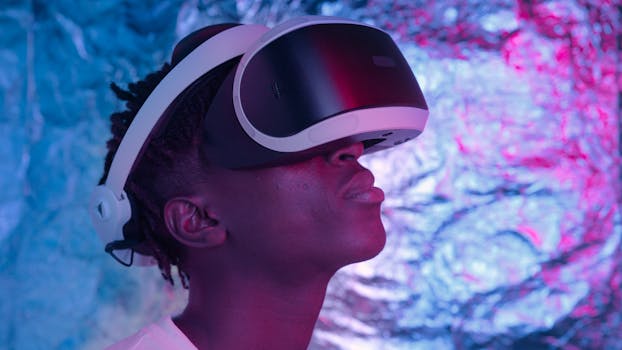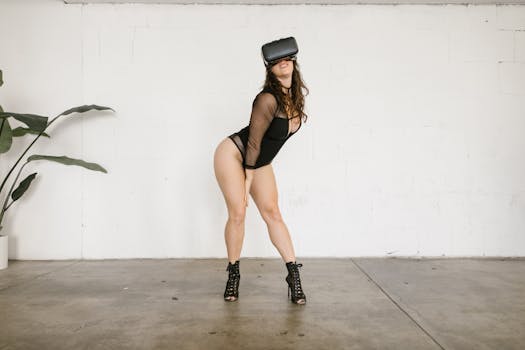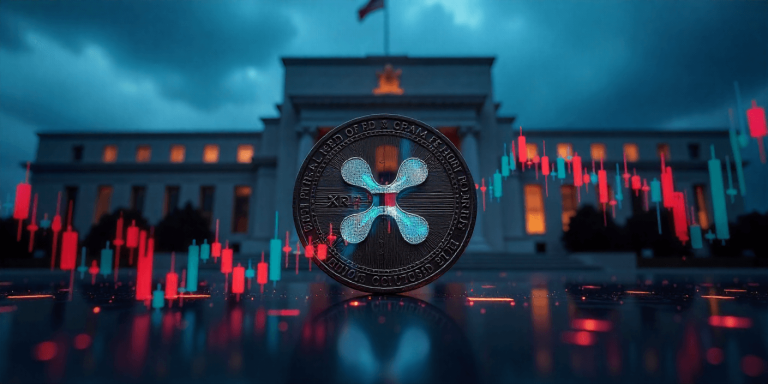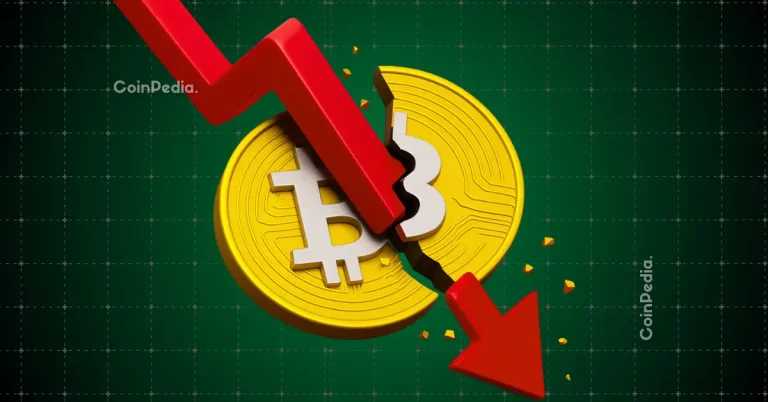
Exploring the Future of Creativity: Virtual Reality Art Installations
Takeaways:
- Virtual reality (VR) art installations offer immersive experiences that engage audiences in new ways.
- These installations combine technology with creative expression, breaking traditional boundaries of art.
- VR art installations are reshaping how artists and audiences interact with artwork, fostering deeper connections and experiences.
In recent years, the art world has witnessed a remarkable transformation with the rise of virtual reality (VR) technology. Artists are leveraging this innovative medium to create immersive art installations that push the boundaries of creativity and redefine the viewer’s experience. This article delves into the fascinating realm of VR art installations, exploring their significance, notable projects, and the potential they hold for the future of art.
The Evolution of Art Through Technology

Virtual reality art installations allow audiences to step inside the artwork, experiencing it from a first-person perspective. Unlike traditional art forms, where viewers remain passive observers, VR installations invite active participation, enabling a dialogue between the artwork and the audience. This shift is crucial as it transforms the act of viewing into an immersive experience that can elicit stronger emotional responses.
As VR technology matures, artists are increasingly exploring its potential. Many contemporary artists are incorporating VR into their practice, creating installations that can only be experienced through headsets. These works often blend visual art, sound, and interactivity, resulting in a holistic experience that captivates the senses.
Notable Virtual Reality Art Installations
Several prominent VR art installations have garnered attention for their innovative approaches and engaging experiences. One such installation is “The Night Cafe” by Mac Cauley, which recreates Vincent van Gogh’s renowned painting in a fully immersive 3D environment. Visitors can walk through the vibrant colors and iconic furniture, interacting with the space in ways that traditional museums do not allow. This installation not only celebrates van Gogh’s legacy but also invites viewers to experience the emotional depth of his work in a new dimension.
Another significant project is “Tree” by artist and technologist, Keri Smith. In this installation, users can explore a virtual forest where they interact with the trees, learning about their ecosystems and the importance of conservation. By merging art with environmental awareness, Smith’s work highlights the potential of VR to engage audiences on critical global issues.
Furthermore, the “VR Art Gallery” in New York showcases a variety of artists working within the VR medium. This space allows visitors to explore a curated selection of VR artworks, emphasizing the growing acceptance of digital art forms as legitimate artistic expressions. The gallery serves as a testament to the evolving landscape of contemporary art, where virtual reality is increasingly recognized and celebrated.
The Impact of VR Art Installations on the Art Community

For audiences, VR art installations democratize access to art. Viewers from different geographical locations can experience the same installation simultaneously, bridging gaps that traditional gallery spaces may impose. This accessibility fosters a sense of community among art lovers and encourages dialogue about the works being experienced.
Moreover, the integration of VR into the art world challenges traditional notions of art ownership and authorship. As digital environments become more prevalent, discussions around the value of virtual art and its place in the market are gaining traction. The art community is beginning to recognize that VR can coexist with traditional art forms, creating a rich tapestry of artistic expression.
Conclusion








